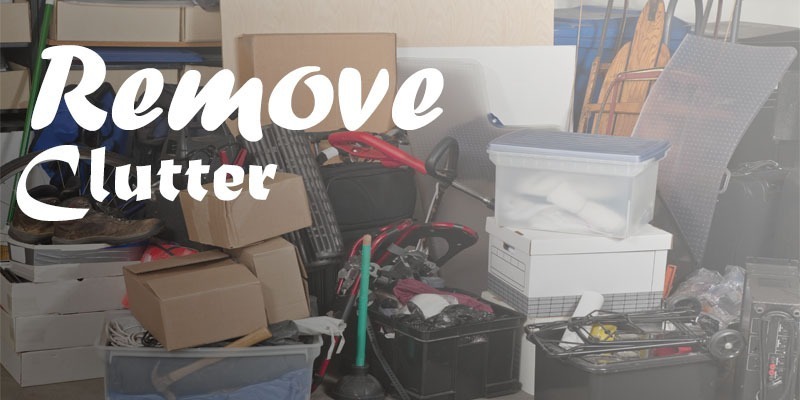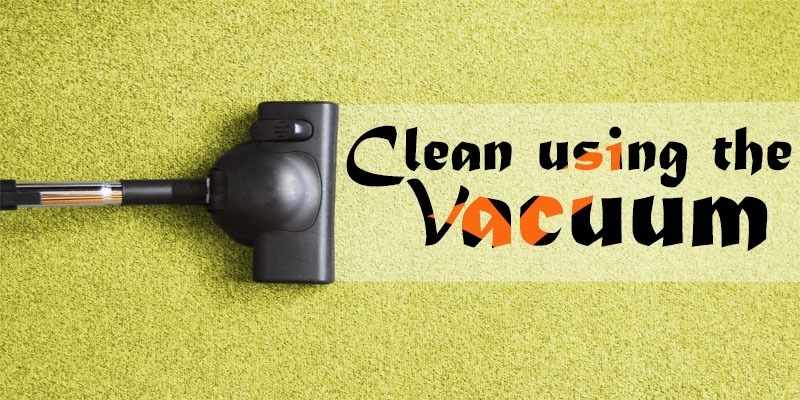Having to deal with bed bugs is never simple. A restful night’s sleep would be close to impossible once your home has a full-blown infestation of these stubborn critters. You must know that if your household is overrun with these pests, the comfort and quiet of your home will be disturbed.
The only way for this creepy crawlies to live and reproduce is by ingesting warm human blood. Since bed bugs typically strike while people are sleeping or resting, they are known as nocturnal pests because they are more active at night. However, they continue to bite when they have the chance during the day.
You will usually find bed bugs in bedrooms, particularly in those spots that are in close proximity to the bed so they may easily access their hosts. Basically, they are drawn to carbon dioxide and sweat, so it’s no wonder they try to stay as close to people as they can.

The Innate Stubbornness in Bed Bugs
The United States Environmental Protection Agency (EPA) attests to the fact that bed bug removal is a difficult process. The effectiveness of the treatment depends on a number of variables, including the size of the infestation (both inside the home and outside), the amount of clutter, and the willingness and commitment of every member of the household to follow preventive measures. Moreover, bed bugs are tough creatures despite their tiny size and although these pesky pests feed on blood every 5 to 10 days, they can survive without food for several months or perhaps a year. In other words, bed bugs simply do not die that easily and that is what makes it so difficult to get rid of them.

Bed Bug Behaviors You Should Know
Due to their small size and stealthy behavior, bed bugs may more easily conceal themselves in tight spaces and go undiscovered for an extended period of time. Additionally, because of their rapid reproduction, they can cause a full-blown infestation in a matter of days or weeks. They will enter more rooms other than the bedroom once they have established themselves in your house and increased in number. They can be seen crawling on textiles, clothing, carpets, furniture, walls, outlets, and other home items.
According to PestWorld.org, bed bugs make good hitchhikers and can easily move to new locations. Although they are known to infiltrate people’s households, there have also been infestations reported in commercial buildings, apartments, hotels, schools, movie houses, hospitals, retail establishments, and even public transportation vehicles.

Bed Bug Bites
If you are bitten by bed bugs, you will notice red, flat lesions forming typically in clusters on various exposed parts of your body (i.e. arms, legs, neck, face, and torso). The itching from bed bug bites might last for many days or longer before they start to heal. Bed bugs can create anxiety and even set off allergic reactions in certain people, despite the fact that they aren’t known to carry or spread diseases.

Tips for effective bed bug removal
How to eradicate bed bugs and avoid an infestation has been covered extensively in writing. Some of the techniques suggested by authors can be done on your own while other methods should only be done by trained experts. However, as homeowners, we have to be responsible enough to know the various defenses against bed bugs. The following things will surely help you keep that creepy crawlies at bay:

Spot the signs of bed bugs
To jumpstart your quest for effective bed bug removal, the first thing you need to do, as advised by MacGill (2018), is to look for the indications of a bed bug activity. It is advisable to first make sure your home actually has bed bugs. Thus, you must watch out for the following telltale signs:
- Red and extremely itchy bite marks. The clusters of red bite marks on your skin that have a zigzag or straight-line pattern are among the most blatant signs that you may have bed bugs. These bites hurt far more than typical mosquito bites do.
- Blood stains. During your sleep, you may accidentally trample on bed bugs, leaving blood-stained linens and even clothing.
- Exoskeletons (Molted Skin). Bed bugs molt five times before reaching full maturity and always leave behind exoskeletons, particularly in their hiding places like mattresses, box springs, drawers, headboards, and those dark areas with little gaps or crevices.
- Fecal spots. Feces from bed bugs resemble tiny, black marker-like spots found in places where bugs typically hide, such as the edges and seams of a mattress, on the wallpaper, and in other places.
- Musty odor. The palpable moldy odor is similar to the smell of old, filthy locker rooms or damp towels that have been left out for days.

Conduct your own inspection
Make sure to thoroughly inspect your bedroom, including the box spring, mattresses, and any other areas where these creepy crawlies might be hiding. Considering the size of these pests, using a flashlight and/or magnifying glass is a huge help in finding the bugs. If you travel frequently, you should thoroughly check your room and your possessions. It is possible to pick up bed bugs from hotel rooms, and they can travel on clothing and luggage. So, whenever you return from a trip, be sure to examine your clothing, baggage, and other possessions for any indications of bed bugs.

Heat or freeze your belongings
Due to their extremely delicate bodies, bed bugs cannot endure extreme temperatures. For this reason, using a steam cleaner to heat your garments or washing them in hot water will help get rid of bed bugs. Place the cleaned clothes in the dryer on high heat for at least 20 to 30 minutes to ensure that all bugs and their eggs are killed. You can also freeze other items, especially those that can’t be washed, for 24 hours.

Remove clutter
The EPA stresses the need to eliminate clutter at home because it gives pests like bed bugs additional spots to hide and reproduce. Bed bugs are less likely to grow in an environment with less clutter since there are fewer places for them to hide. Also, exterminators will have a harder time finding the bugs and treating the contaminated areas when there is too much clutter around them.

Clean using the vacuum
One way for removing bed bugs and their larvae from their hiding places is vacuum cleaning. You should routinely vacuum the mattresses, carpets, floors, walls, furniture, and even the drapes, linens, bedding, drawers, closet, bookshelves, and other areas near the bed. The vacuum cleaner bag needs to be thrown away as an extra precaution to avoid contamination. To stop the bugs from escaping and re-infesting your home, the vacuum bag must be placed into a trash bag and tossed outside into a trash can at a safe distance from your home.

Protect your Mattresses
Use mattress encasements that are bed bug-resistant. Utilizing an encasement that has been previously treated with pesticides meant specifically for bed bugs is another effective method of protecting your bed against those disgusting critters. You can buy a variety of premium brands of mattress encasements that have been proven to effectively protect your bed from pest infestations.

Employ proper treatment techniques with the help of pros
Chemical treatment and heat remediation are the two most widely used techniques by pest control companies. Since no chemical is used during treatment, heat remediation is thought to be the better option of the two. Additionally, heat treatment is a one-time procedure that kills bed bugs right at once, whereas chemical treatment requires two to three administrations before the bed bug elimination process is complete. The best course of action is to contact a pest control professional and have your property undergo the necessary bed bug treatment if you truly want a long-term solution to the infestation. DIY remedies are okay but they may only be used as temporary fixes. Only qualified professionals should and can perform heat treatment and chemical treatment, which both have a 100% success rate.

Final Note for Homeowners
According to Dunkin (2020), having bed bugs is not necessarily an indication of bad hygiene. Bed bugs are superb hitchhikers and may enter any sort of home, even the most spotless ones. When it comes to keeping bed bugs away, prevention is always the key. You may prevent infestations in your house by using the seven prevention strategies listed in this guide. Along with these suggestions, homeowners must make the time to speak with a reputable bed bug exterminator to learn more about what they can do to keep the house bedbug-free. The most crucial advice for homeowners is to make sure their homes are not appealing to bed bugs. For instance, homeowners must ensure that clutter is cleared away so bed bugs don’t have additional places to hide. Additionally, one should exercise caution when acquiring used furniture and other upholstered objects because they may be infected with bugs. When traveling, it should become your routine to use protective covers for luggage and thoroughly inspect hotel rooms for any indications of bed bugs.

